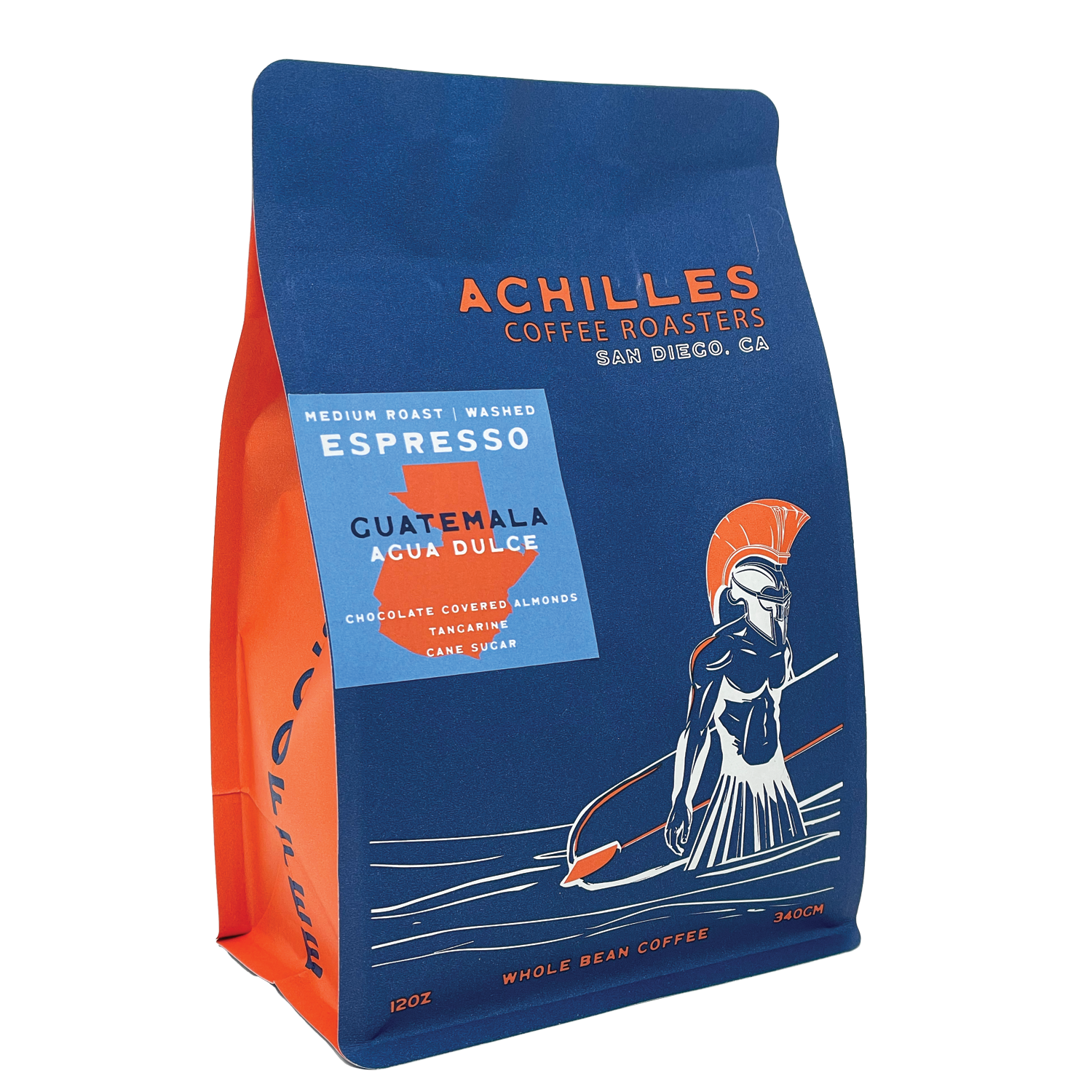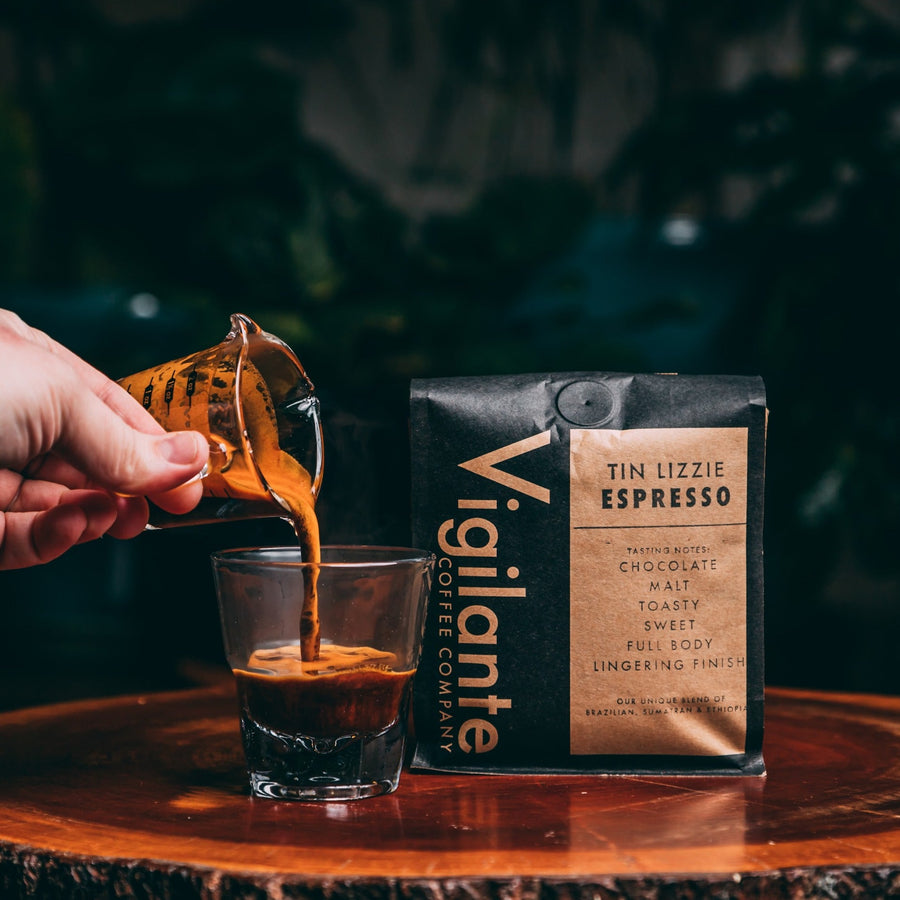Coffee Beans 101: Every Little Thing You Need to Find Out About Espresso and Blended Coffee Beans
When it concerns coffee, comprehending the nuances of espresso and combined beans can transform your everyday cup. You'll find the distinct features of Arabica and Robusta beans, and exactly how each impacts flavor and caffeine content. From the growing process to toasting strategies, every action plays a duty in your coffee experience. So, what makes the ideal brew? Allow's check out the important components that contribute to a remarkable mug of coffee.
Recognizing Coffee Beans: Types and Ranges
When diving right into the world of coffee, comprehending the types and selections of coffee beans is necessary for every fanatic. You'll primarily encounter 2 primary types: Arabica and Robusta. Arabica beans are recognized for their smooth, intricate tastes and reduced caffeine material, making them a favored amongst coffee enthusiasts. On the various other hand, Robusta beans load a punch with a more powerful, much more bitter taste and higher caffeine degrees, typically utilized in coffee blends.
Ethiopian Yirgacheffe provides bright floral notes, while Colombian beans provide a healthy taste profile. By familiarizing on your own with these beans and their tastes, you'll raise your coffee experience and make more informed options in your developing journey.
The Growing Process: From Seed to Bean
When you check out the trip of coffee, everything starts with seed selection techniques that set the foundation for high quality. From there, growing and gathering play crucial functions in making sure the beans flourish. Finally, processing approaches change those collected cherries into the coffee beans you enjoy.
Seed Selection Methods
Selecting the ideal seeds is crucial for producing top quality coffee beans, as it lays the structure for the whole growing procedure. You must start by selecting seeds from trustworthy sources that prioritize quality and hereditary variety. Try to find selections recognized to thrive in your particular environment and dirt problems. Focus on the seed's age and storage problems, as fresh seeds often tend to germinate far better. When possible, choose organic seeds to lessen direct exposure to hazardous chemicals. Think about the condition resistance of different varieties, as this can greatly influence your return. Lastly, don't hesitate to speak with regional farmers or specialists to obtain understandings right into the most effective seed options for your region. This knowledge will enhance your coffee-growing experience.
Growing and Harvesting
As you support your coffee seeds right into prospering plants, recognizing the cultivation and harvesting procedure is important for attaining the finest flavor and high quality. Start by growing your seeds in well-draining soil, preferably in a shaded location to protect them from straight sunshine. As your plants grow, keep consistent moisture, and bear in mind their requirement for nutrients. Trim consistently to promote airflow and healthy growth.
When it comes time to harvest, try to find ripe cherries, which normally turn a vibrant red. Hand-picking is typically the very best approach to guarantee only the ripest cherries are picked. Timing is vital; harvesting also very early or too late can influence the taste profile of your beans. Accept patience and care, as this is where high quality starts.

Handling Methods Described
Once you've collected your coffee cherries, the following important action is processing them to transform those vivid fruits into the beans you'll make. There are 2 main approaches: the wet procedure and the completely dry process. In the dry process, you spread out the cherries out in the sunlight to dry, permitting the fruit to ferment and present unique flavors to the beans. On the various other hand, the damp procedure entails eliminating the fruit immediately and fermenting the beans in water, causing a cleaner taste. After handling, the beans are hulled, arranged, and generally dried once again. Each method influences the taste profile, so exploring with both can assist you find your favorite mixture. Comprehending these approaches is essential to enjoying your coffee experience.
Roasting Strategies: Just How Flavor Is Established
When it pertains to toasting coffee beans, recognizing roast degrees is essential to exposing their special tastes. Each roasting method influences the aroma and boosts the flavor advancement process, providing you a richer coffee experience. Allow's explore how these elements collaborated to boost your day-to-day brew.
Roast Levels Explained
Roast levels play a necessary duty in shaping the taste profile of your coffee. By recognizing these degrees, you can much better pick a coffee that matches your preference preferences. Experiment with different roasts to uncover which one reverberates with you, boosting your total coffee experience and satisfaction.
Effect on Scent
The roast degree not just influences the preference of your coffee but likewise greatly impacts its aroma. When you choose a light roast, you'll frequently discover brilliant, flower notes that can make your coffee scent vibrant and fresh. As the beans dim, the fragrance changes; a tool roast highlights more balanced, caramelized scents, while a review dark roast has a tendency to feature vibrant, great smoky touches. Each toasting strategy launches different volatile compounds, shaping how your coffee smells. Additionally, the freshness of the beans plays a critical role; fresh baked coffee releases much more aromatic oils, boosting that enticing fragrance. So, focus on the roast level-- it's essential to disclosing the full aromatic experience of your mixture.
Taste Development Refine
As you explore the taste advancement process, you'll discover that toasting methods play an important duty in forming the taste account of your coffee. The toasting temperature and time straight influence the level of acidity, sweetness, and resentment of the beans. Light roasts maintain more of the bean's original tastes, highlighting flower and fruity notes.
Coffee vs. Blended Coffee: Secret Distinctions
Espresso and mixed coffee each deal one-of-a-kind experiences that satisfy various preferences and preferences. Espresso is a focused coffee brewed forcibly warm water via finely-ground coffee beans, causing an abundant, vibrant taste and a luscious layer of crema on the top. It's usually enjoyed as a shot or made use of as a base for drinks like cappuccinos and lattes.
On the other hand, combined coffee combines various beans from different regions, producing an extra well balanced taste account. You'll usually discover blends that highlight body, acidity, or sweetness, making them functional for various developing techniques. While coffee concentrates on strength, combined coffee may provide a broader series of flavors that can change with each sip.
Eventually, your option between espresso and mixed coffee boils down to your personal preference. Whether you yearn for a leisurely cup or a quick jolt, both options have something delicious to provide.

Developing Techniques: Opening the Perfect Mug
When it pertains to brewing coffee, discovering the right approach can transform your experience and raise your mug. Each brewing technique has its special beauty and can substantially impact your coffee's taste and scent. Utilizing a French press permits you to delight in a abundant and full-bodied mixture, while a pour-over technique supplies a clean, bright cup with distinct tastes.
If you choose espresso, buying a quality equipment can assist you master the art of drawing shots. For benefit, a single-serve hull system offers rate without giving up taste.
Don't forget cool brew, which delivers a smooth, less acidic coffee suitable for hot days. Explore different techniques to find what reverberates with your taste buds. Each developing strategy opens up a brand-new globe of opportunities, so take the time to explore and discover your ideal mug. Pleased developing!
Tasting Notes: Determining Taste Profiles
How can you absolutely appreciate your coffee if you do not understand what tastes to look for? Tasting notes are your overview to understanding the intricate world of coffee. Some coffees may leave a chocolatey or sugar aftertaste, while others might have a bright, tidy coating.
Think about the body of the coffee, also; is it ventilated and light or thick and syrupy? Don't fail to remember acidity; go an intense acidity can include activity, while a reduced level of acidity may give a smoother experience. By identifying these flavor accounts, you'll deepen your connection with each cup, making coffee sampling a wonderful journey of discovery.

Tips for Choose and Storing Coffee Beans
Choosing and saving coffee beans effectively can significantly enhance your brewing experience. Start by choosing high-grade beans that fit your taste - SOE.
Once you have your beans, keep them in an airtight container to stop exposure to air, light, and moisture. A dark, trendy location works best, so browse around these guys stay clear of maintaining them in the refrigerator or freezer, as this can introduce moisture. Only grind the amount you require to maintain freshness; whole beans preserve taste longer than pre-ground coffee.
Last but not least, try to utilize your beans within two to 4 weeks after opening up for peak preference. Following these pointers will assure your coffee stays pleasurable and delicious, boosting your everyday brew to new elevations.
Often Asked Concerns
For How Long Do Coffee Beans Remain Fresh After Roasting?
Coffee beans stay fresh for about two weeks after toasting - SOE. You need to store them in an impermeable container, far from light and wetness. After that, their taste and scent start to decrease significantly

Can I Mix Different Coffee Bean Varieties?
Definitely, you can blend different coffee bean varieties! Explore blends can enhance tastes and create a special preference account. Simply see to it to stabilize the staminas and qualities of each variety for the ideal outcomes.
What Is the Suitable Work Dimension for Espresso?
For coffee, you'll want a great grind dimension, about the structure of salt. This permits optimal extraction, leading to an abundant, tasty shot. Experiment a little bit to find what suits your preference best!
How Does Altitude Affect Coffee Bean Taste?
Altitude affects coffee bean taste by affecting the growth rate and chemical make-up. Higher altitudes lead to slower growth, which boosts acidity and complexity, offering your coffee a vibrant and special preference you won't neglect.
Are There Decaffeinated Variations of Espresso Beans?
Yes, there are decaffeinated versions of coffee beans. You can delight in an abundant espresso taste without the caffeine kick. Just seek "decaf" blends at your local coffee shop or specialized shop.
Coffee Beans 101: Everything You Need to Know Regarding Espresso and Blended Coffee Beans.
When diving into the world of coffee, recognizing the types and varieties of coffee beans is crucial for every enthusiast.When it comes to roasting coffee beans, comprehending roast degrees is vital to exposing their special flavors. Espresso is a concentrated coffee brewed by requiring warm water with finely-ground coffee beans, resulting in a rich, bold flavor and a creamy layer of crema on top.On the various other hand, combined coffee integrates numerous beans from different regions, developing a much more well balanced taste profile.